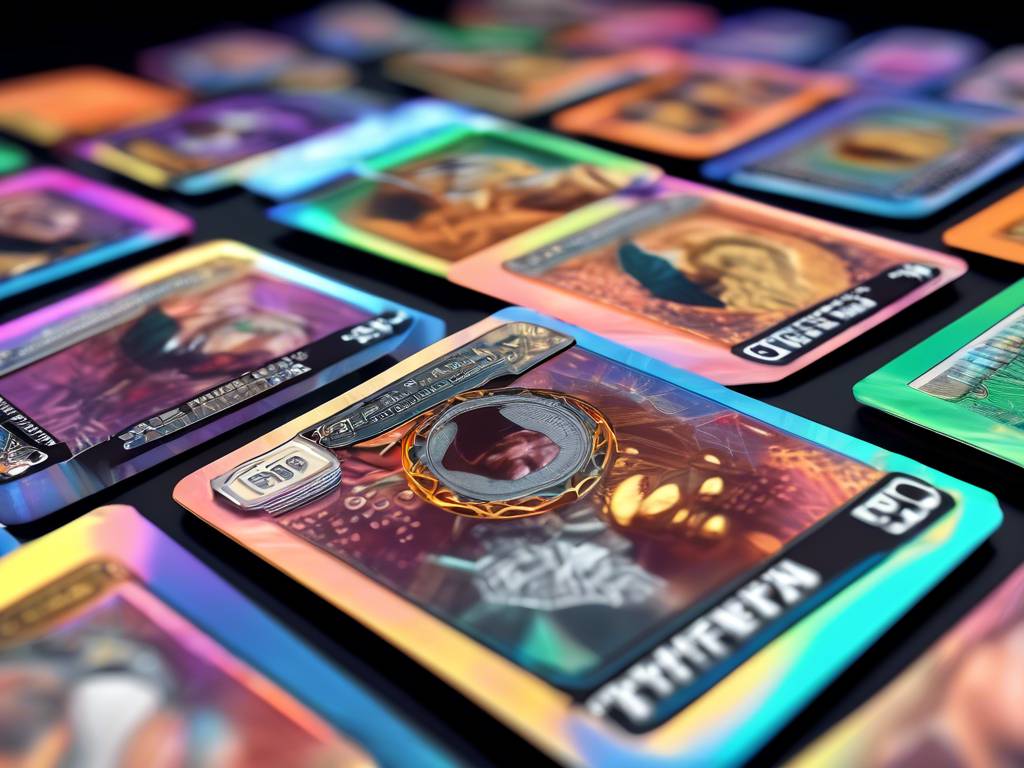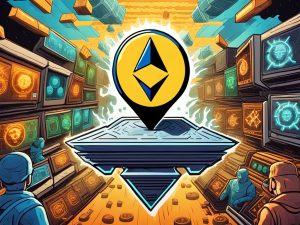Exploring the Latest Craze of Crypto Trading Cards
From Bitclout to FriendTech, the crypto community on Twitter loves to engage in speculative activities. The newest trend in this space is the emergence of trading cards through a project called Fantasy.top. This platform has created cards for almost 9,000 crypto personalities, allowing users to trade these cards and assemble teams for competitions. The recent competition hosted by Fantasy.top attracted 23,800 participants, showcasing the growing interest in this concept.
The Rise of Fantasy.top: A Testnet Phenomenon
Currently, Fantasy.top operates on a testnet, meaning users are not transacting with real money. However, the project plans to transition to the mainnet soon to gauge its popularity in a real-world scenario. Despite being on a testnet, some individuals have witnessed significant trading volumes for their cards. For example, well-known crypto trader Ansem has experienced 439 testnet ether in trading volume, resulting in substantial rewards. This model mirrors the success seen by FriendTech, which offered high fees to incentivize influencers and users.
- Users receive three testnet ether upon joining the platform, which they can use to purchase cards.
- New users start with five cards, categorized as common, rare, epic, and legendary.
- Over 1 million cards have been minted on the platform so far.
The Trading Game on Fantasy.top
The trading of cards on Fantasy.top commenced in mid-February, and the platform has gained momentum following endorsements from prominent crypto personalities like Ansem. The platform offers social analytics data for the individuals featured on each trading card, shedding light on their social media interactions and influence levels. The ultimate goal appears to be assessing the value of individuals based on their online presence.
Exploring the Infrastructure: Blast Protocol and Ethereum
Fantasy.top operates on Blast, a Layer 2 network built on Ethereum that transitioned to the mainnet in February. Blast introduces a native-yield model for ether and stablecoins, offering 4% interest for the former and 5% for the latter. This infrastructure was developed by Tieshun Roquerre, the mind behind the NFT marketplace Blur, positioning Blast as a robust foundation for the platform’s operations.
Building on the Legacy of Social Finance Platforms
BitClout was one of the pioneering social apps in this space, leveraging a similar model to Fantasy.top where users could speculate on profile values based on a bonding curve. Despite its rocky launch, BitClout garnered attention before transforming or rebranding as Diamond. Following BitClout’s success, FriendTech emerged as another prominent player, offering a unique value proposition of private group chats accessible through the purchase of a user’s “key.” While activity on FriendTech has dwindled, the project hints at upcoming developments in the pipeline.
Potential Developments on the Horizon
The rise of trading cards in the crypto space signifies an evolving landscape of digital assets and social interactions. As platforms like Fantasy.top gain traction, the integration of blockchain technology with social finance concepts continues to intrigue and captivate users. Keep an eye on the latest trends in the crypto world, as new innovations and opportunities emerge in this dynamic ecosystem.
Hot Take: Decrypting the Future of Crypto Trading Cards
The surge in popularity of trading cards within the crypto community reflects a growing interest in unique digital assets and social finance models. With platforms like Fantasy.top paving the way for innovative experiences, the intersection of blockchain technology and social networking presents exciting possibilities for users. Stay tuned as the realm of crypto trading cards evolves, offering new avenues for engagement and investment in the ever-changing landscape of digital currencies.





 By
By

 By
By

 By
By
 By
By